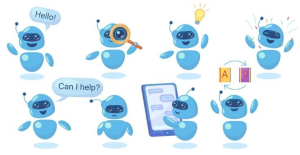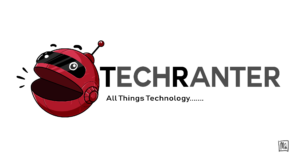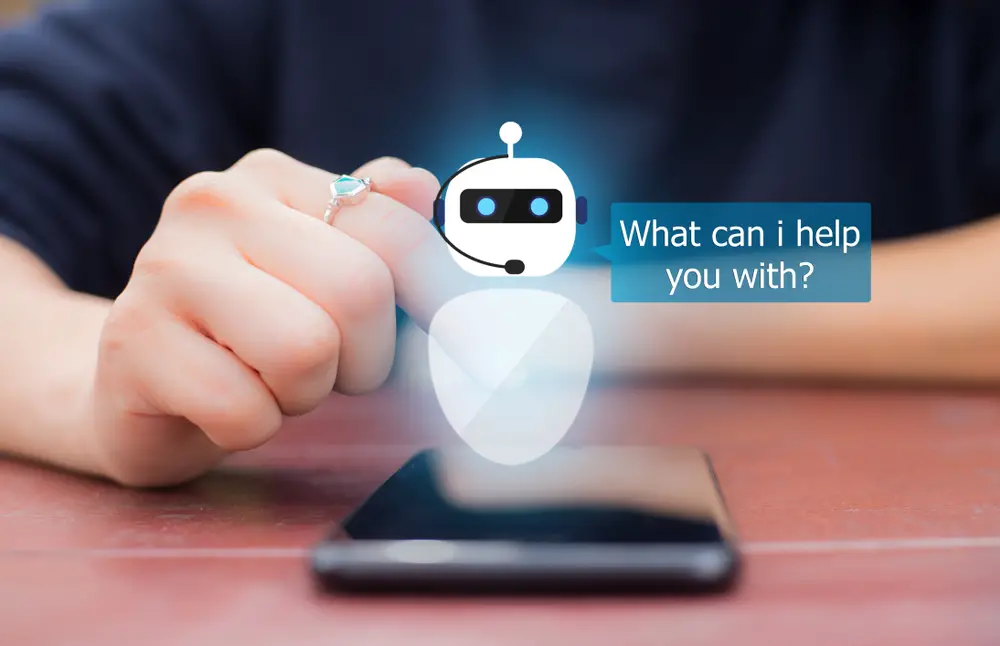Do you want to increase customer engagement and deliver excellent assistance while lowering operational costs?
All of these objectives, and more, can be met with the assistance of an AI chatbot.
According to statistics, AI for Customer Service – IBM Watson users saw a 337% return on investment over three years.
Creating a chatbot from the ground up may sound complicated, but it is very doable with specific strategies.
This thorough tutorial will cover creating an AI chatbot from scratch, spanning planning, natural language processing (NLP), machine learning, integration, testing, and deployment.
What is a Chatbot?
A chatbot is computer software used to process client inquiries and automate responses to those inquiries. It does this by understanding and emulating human communication.
For instance, your bank app has its unique chatbox, which has been configured to attend to some configured questions that may arise in any transaction.
UBA bank has Leo, and so does every other bank have theirs. Chatbox helps make the customer-seller relationship easy.
Every growing business or firm should have a chatbox. How, then, can one create a Chatbox? Learn about the whole process below.
How Can One Create an AI Chatbox From Scratch?

The steps for creating an AI chatbot from scratch are as follows:
Define the objectives and purpose of the chatbot
The First step in developing a chatbot is to define its purpose and objectives. Next, you must evaluate the kinds of queries and demands your clients might have and how your chatbot can offer prompt and effective responses.
Establish the user interface and conversation flow to make your chatbot simple. You should also select the right platform and development tools based on your budget, technical expertise, and objectives.
Establishing the personality of your chatbot is a crucial part of planning it. The character of your chatbot will affect how it engages with customers and can significantly impact how well-liked it is.
Think about your brand’s guiding principles and how you want your chatbot to represent your company.
Make use of Natural Language Processing (NLP)
The use of natural language processing (NLP) is essential for creating a successful AI chatbot.
With the use of NLP technology, computers are now able to understand and interpret human language.
Therefore, your chatbot must understand the purpose of client inquiries and requests to deliver precise and pertinent responses.
Machine learning and rule-based systems are two methods for teaching your chatbot to comprehend and respond to natural language.
The most important part of NLP is teaching your chatbot to understand the subtleties of human language. People frequently use idioms, slang, and other language nuances, which can be difficult for computers to understand.
Your chatbot can respond to consumer requests more appropriately by understanding the emotional and overall context using techniques like the pragmatic analysis.
Machine Learning
Another practical approach for raising the performance of your chatbot is machine learning.
Large volumes of data are used to educate your chatbot using machine learning to pick up new information and adjust to changing circumstances.
Decision trees, neural networks, and reinforcement learning are just a few methods you may use to integrate machine learning into your chatbot.
Your chatbot can improve over time thanks to machine learning, one of its main benefits. Your chatbot can learn from consumer interactions as it engages with more users, improving accuracy and productivity.
Machine learning can also assist your chatbot in handling more complicated queries, such as those that require multiple variables.
Integrate your chatbot
Integrating your chatbot with current systems and software is critical to provide a smooth user experience. You want your chatbot to integrate with your website, mobile app, or other channels where clients interact with your company.
You can tailor your chatbot’s responses and capabilities to meet user requirements or preferences.
One of the essential advantages of integrating your chatbot with existing systems is the ability to provide more personalized client experiences.
Your chatbot can access client data from your CRM or other systems to deliver more relevant and targeted assistance. You can also combine your chatbot with other applications.
Test-run your chatbot
This contains familiar and edge scenarios, such as addressing misspellings and responding to unusual requests.
You may also utilize real or personal client data to assess the functionality of your chatbot and ensure that it provides correct and relevant responses.
User input is critical for identifying areas where your chatbot can be improved and require necessary changes.
Deploy your chatbot
It’s time to deploy your chatbot after you’ve tested and refined it. Depending on your needs and technological skills, various alternatives for delivering your chatbot are available.
You can deploy your chatbot on-premise, in the cloud, or via a chatbot creation platform. When you deploy your chatbot on-premise, it is installed and operated on your servers.
This gives you more control and customization possibilities but requires more technical knowledge and funding.
When you deploy in the cloud, your chatbot is housed on a distant server, providing increased scalability and accessibility.
Another alternative is a chatbot development platform such as Dialogflow, Microsoft Bot Framework, or IBM Watson Assistant.
These platforms include pre-built templates, natural language processing (NLP) tools, and machine learning capabilities, making designing and deploying your chatbot easier without requiring extensive technical knowledge.
Improve and optimize Your AI Chatbot
Creating an AI chatbot is only the first step. You must constantly evaluate and optimize your chatbot’s performance to ensure that it is effective and gives value to your consumers.
This includes tracking response time, user satisfaction, and conversation flow metrics. This provides room for more control and customization choices but necessitates more work.
Incorporating user feedback is one of the most important ways to improve your chatbot. Pay attention to your client’s feedback and customize your chatbot’s capabilities and responses to suit their wants and preferences.
Other Important Things to Know Before Developing a Chatbox
Analytics tools can also be used to monitor user behavior and pinpoint potential areas for development.
Keeping up with the most recent developments in NLP and AI is another crucial component of optimizing your chatbot.
You can add emerging technologies and methods to your chatbot to enhance functionality and give your clients more value.
Creating an efficient chatbot requires implementing all the guidelines highlighted in this article.
These include carefully considering its purpose and goals, using machine learning and natural language processing, integrating existing systems, testing, and deploying.
This is important to ensure your chatbot offers value to your customers and is dedicated to continuous optimization and improvement.

